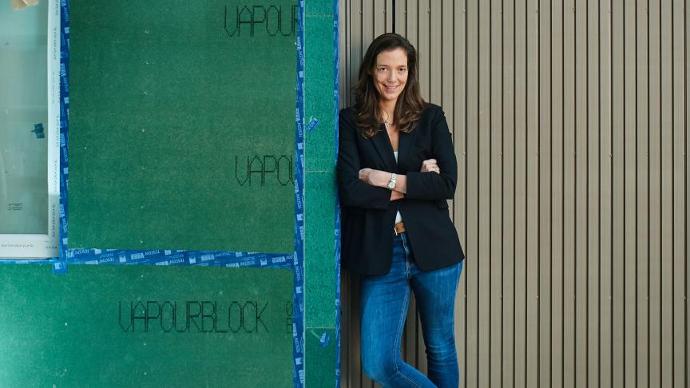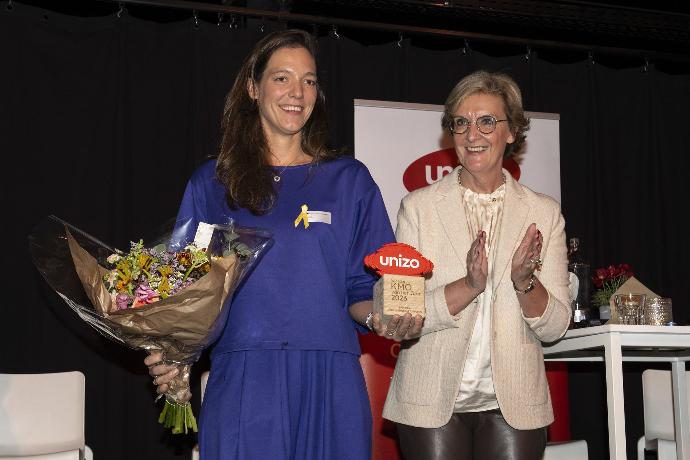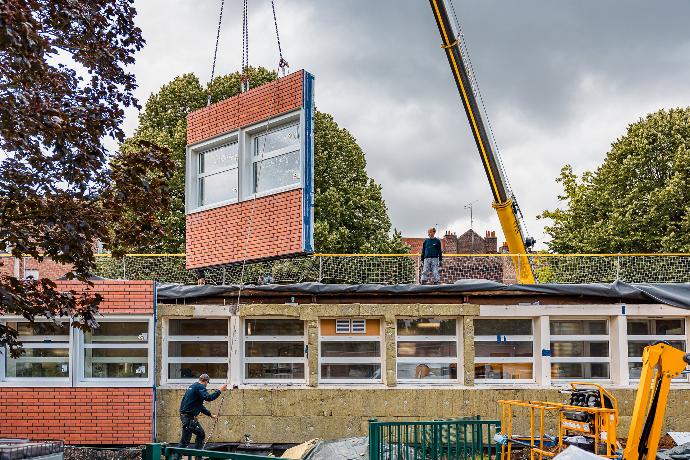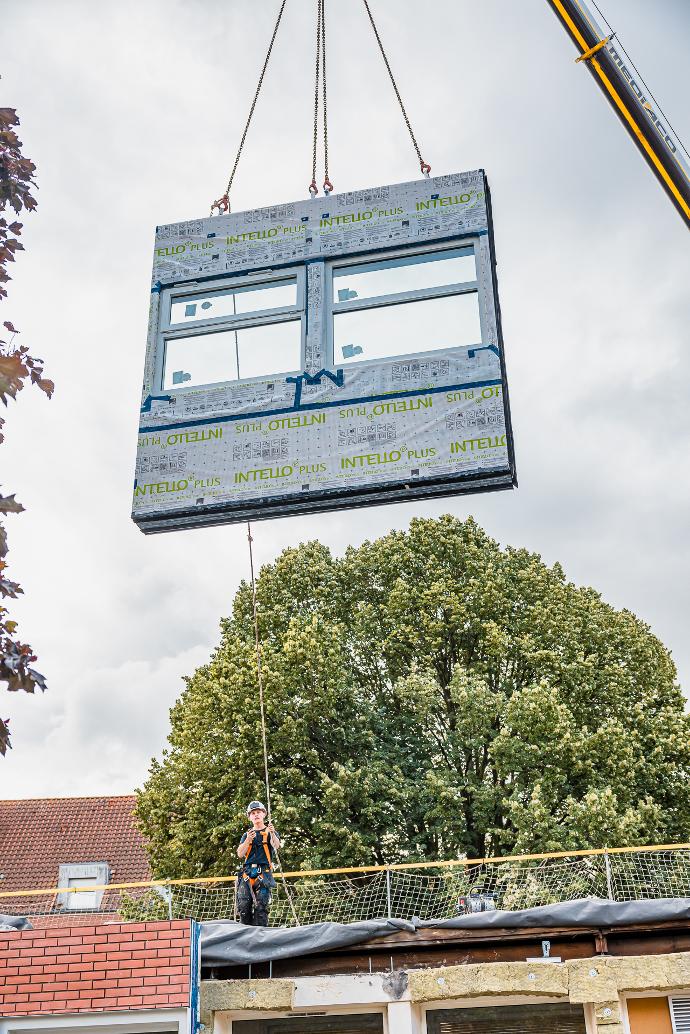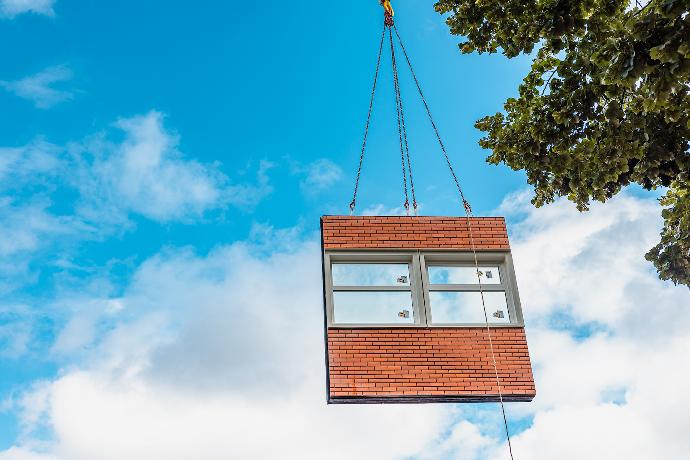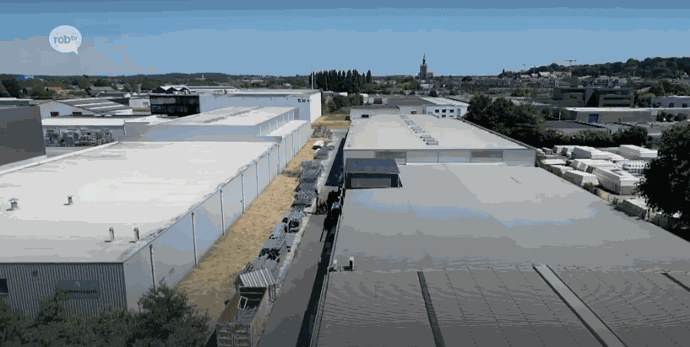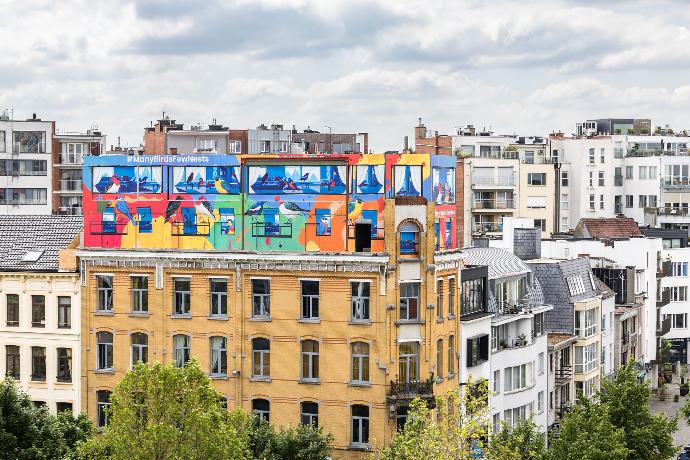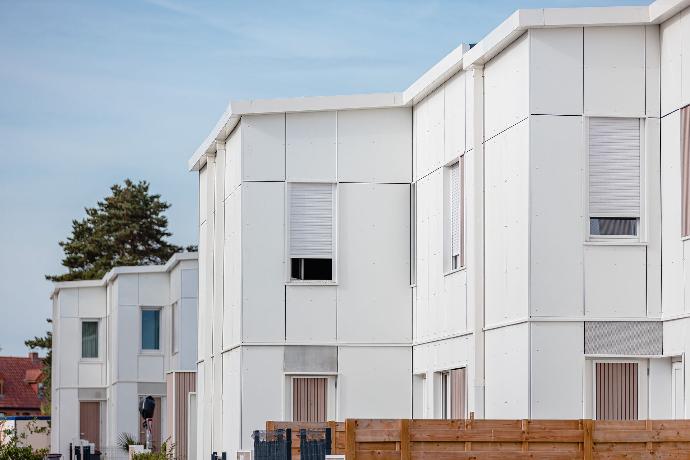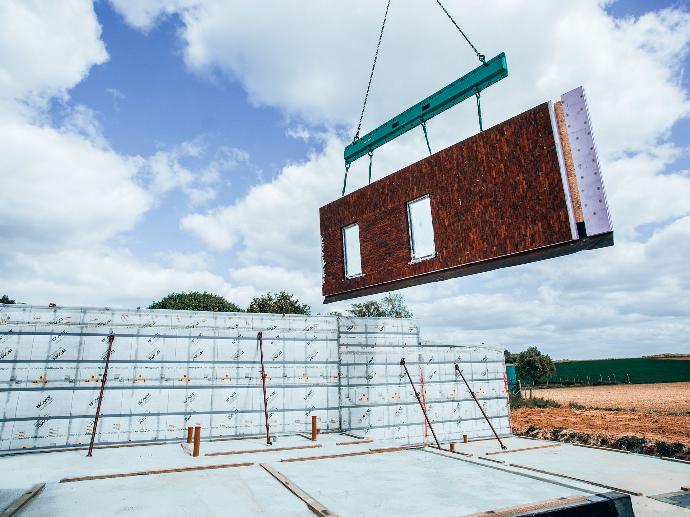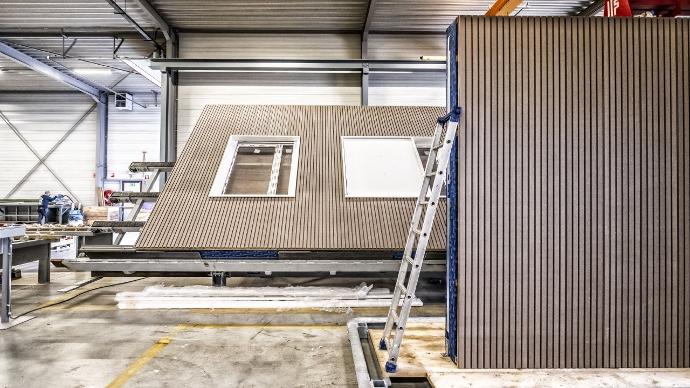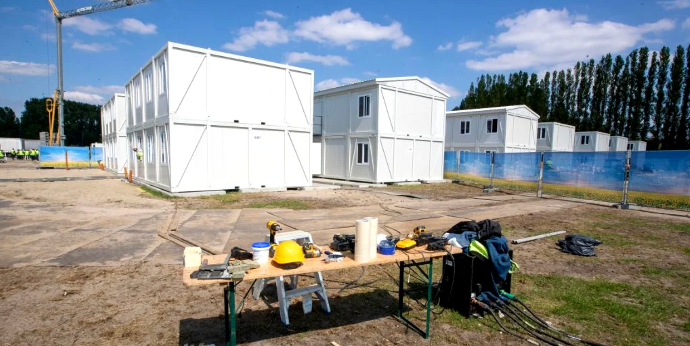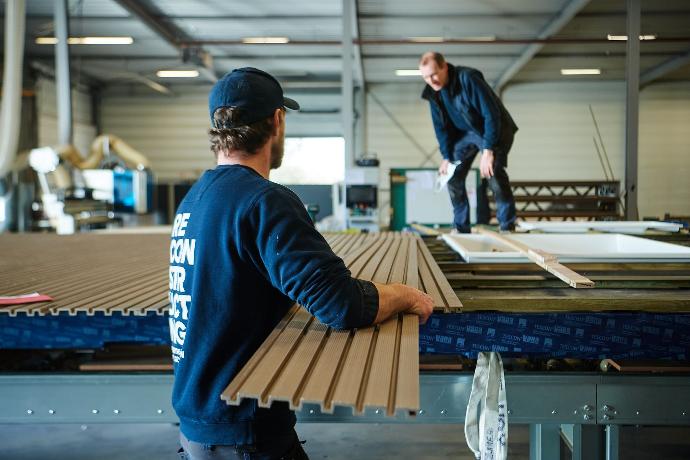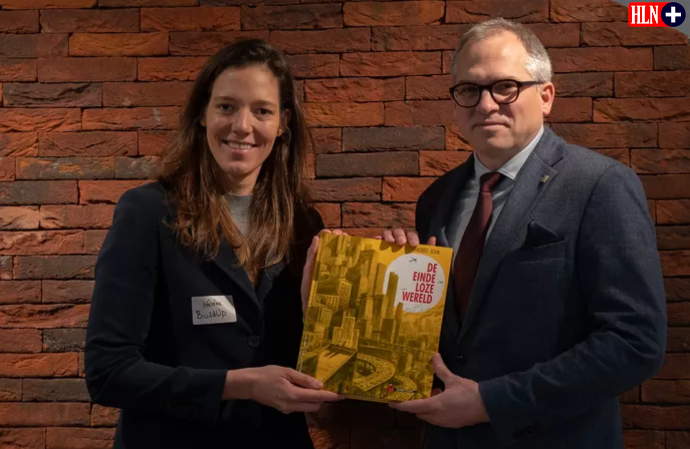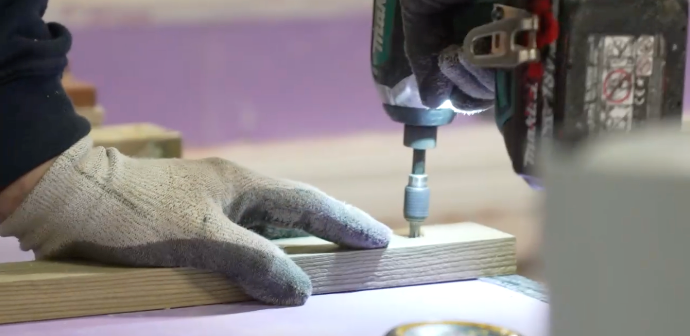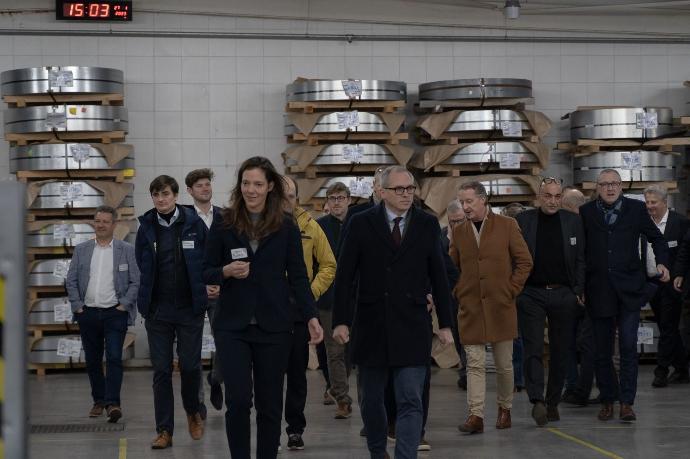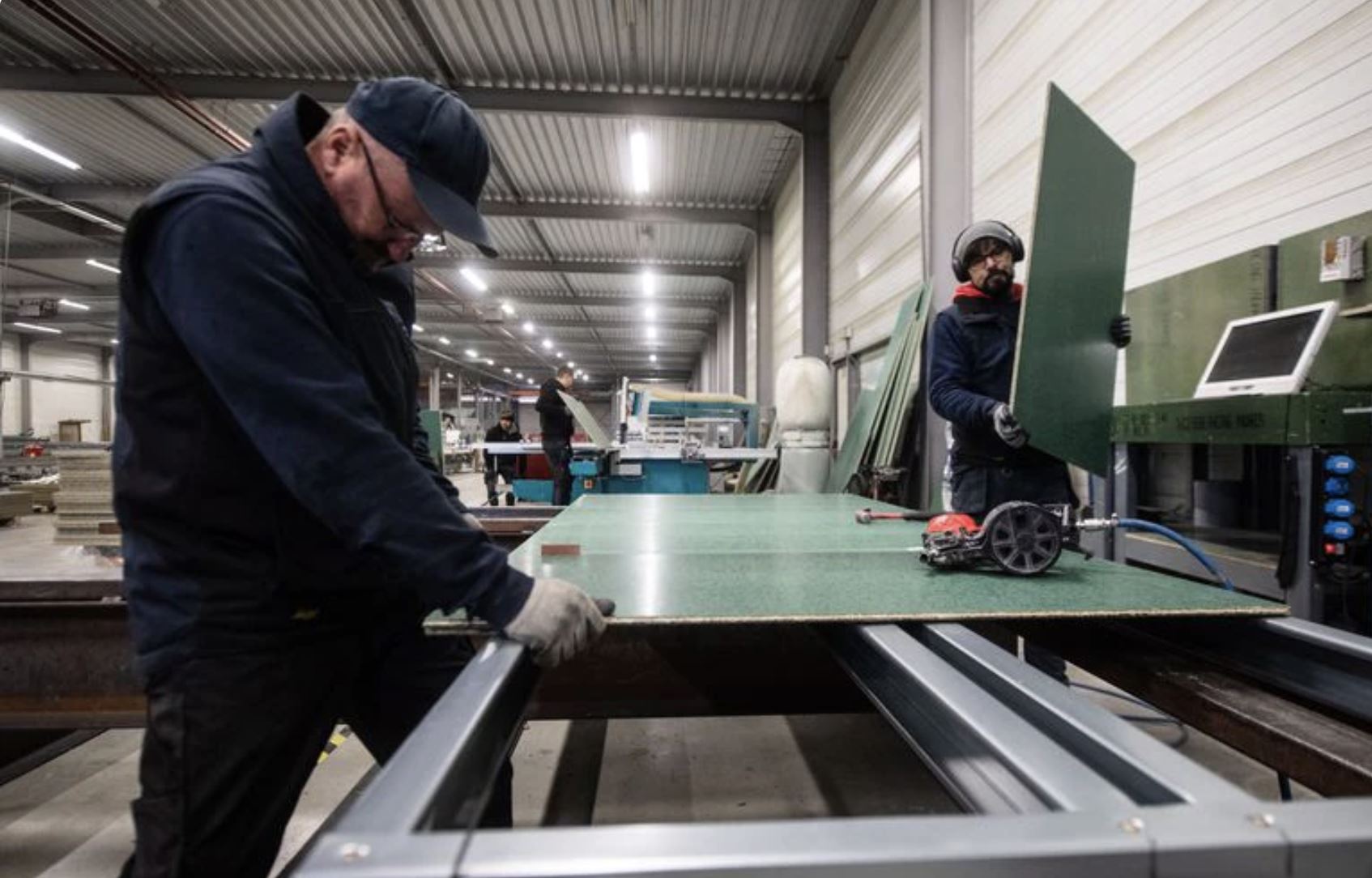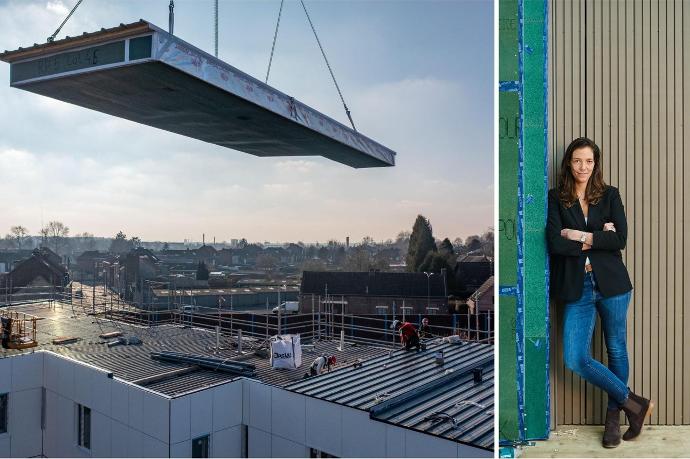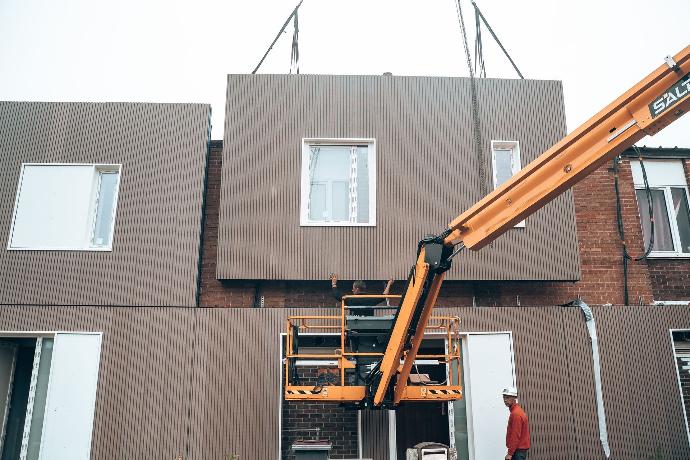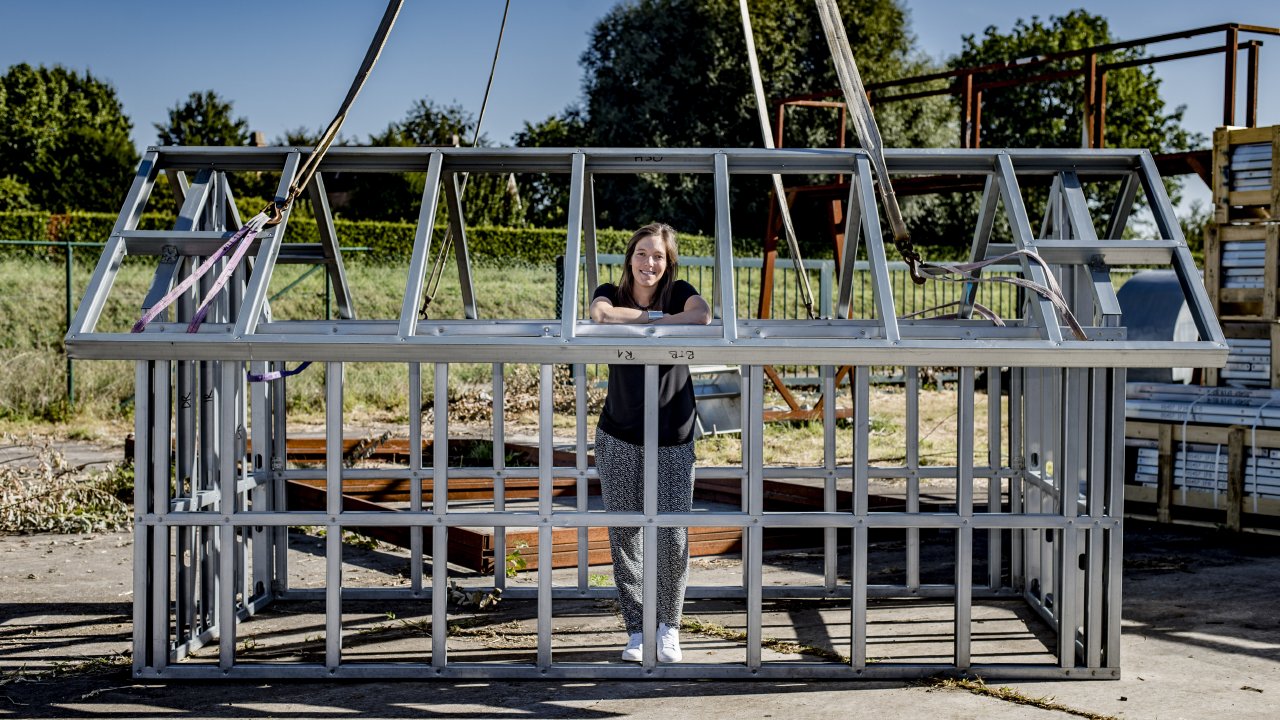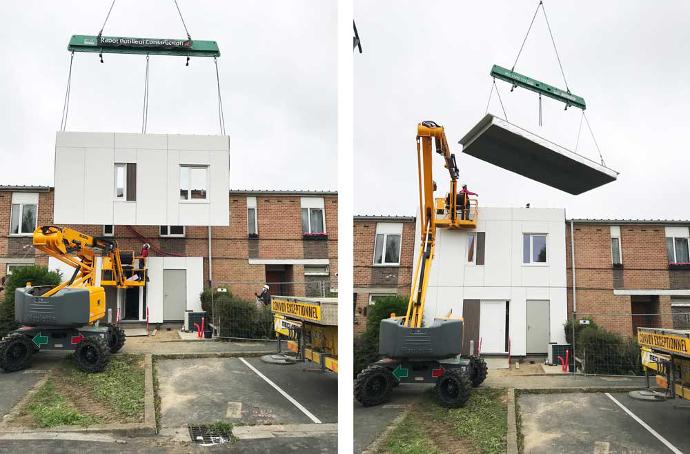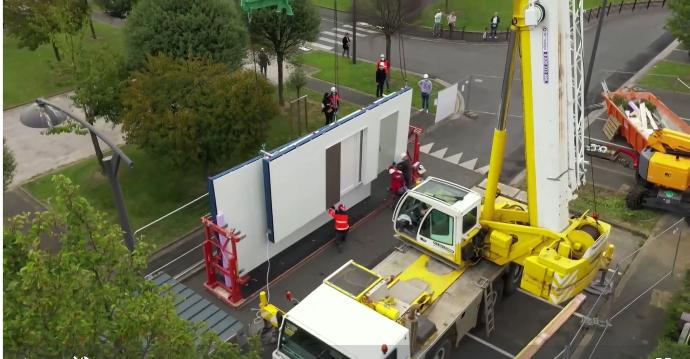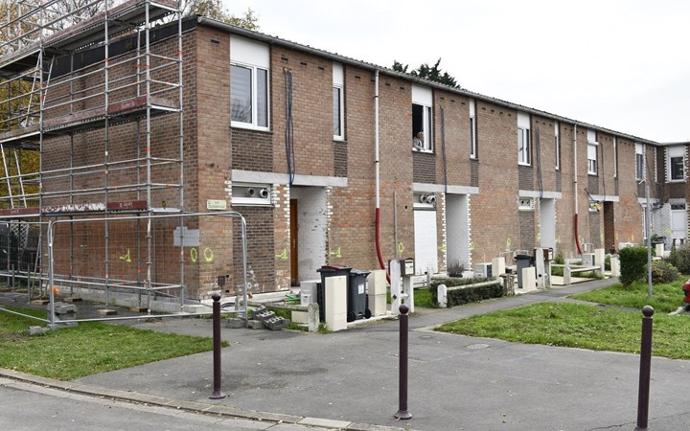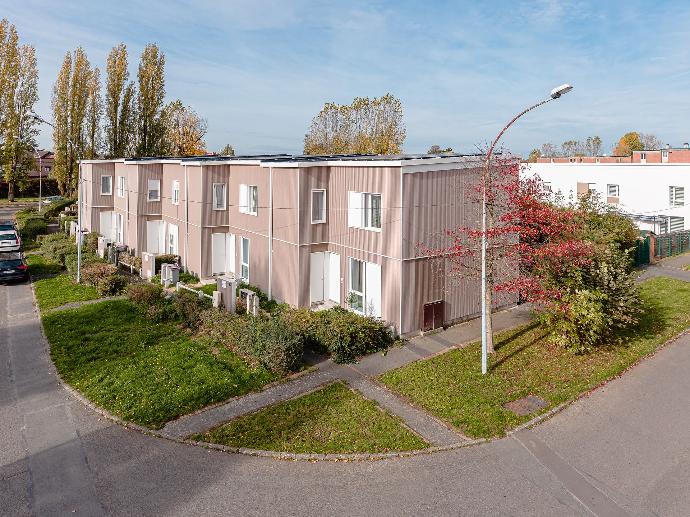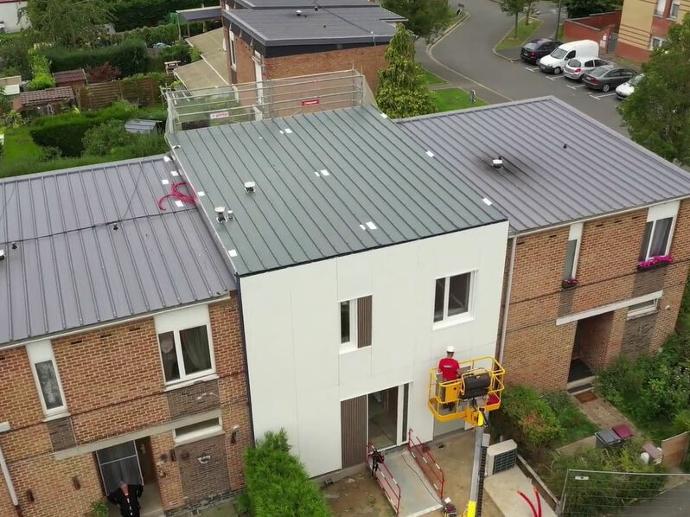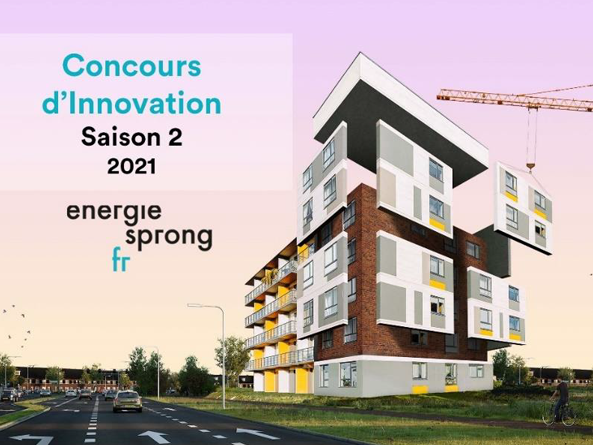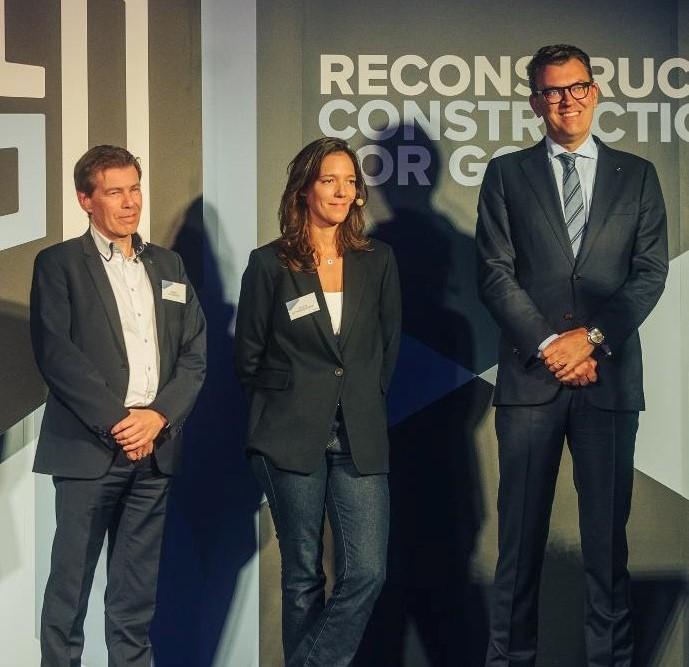At BuildUp we want to be as innovative and sustainable as we possibly can. What rhymes with that? BIM! Okay, it doesn’t actually rhyme. But Building Information Modeling is absolutely essential in our mission to reconstruct how construction is done.
In the past, blueprints and drawings were the main source of information for a building plan. This 2D approach made it very difficult to visualize dimensions and requirements. Next came CAD (Computer Aided Design), which showed the benefit of digital plans. Later on CAD also used 3D, bringing more realistic visuals to blueprints. Now, BIM is the standard for digital construction. And it’s here to stay!
What is BIM, in short?
BIM stands for Building Information Modeling or, in a later phase of the construction, Building Information Management.
It is the collaborative process of designing a building with all involved professionals using one coherent system of computer models rather than separate sets of drawings.
It allows architects, engineers, real estate developers, contractors and manufacturers to plan, design, and construct a building, while all working within one 3D model.
Every change that is made to a model element, is captured and remains there consistent and coordinated, for every collaborator to see and access.
The “I” in BIM
The true power of BIM lives in the “I”, which stands for information. BIM brings together the entire technical information specific to a structure, from conception to completion. But all of the information gathered isn’t just stored, it’s actionable and made easy to share.
At any point in the lifecycle of the project, every collaborator can access the information anywhere. Helping those working on the project coordinate seamlessly and keep every team member on the same page.
It can also be used further in the future, for the operation and management of the building with specific data for the owners (hence Building Information Management). This data allows governments, municipalities, and property managers to make informed decisions based on information from the model.
What are the benefits that make BIM so exciting?
BIM is a real accelerator for the construction industry. It’s a reliable and unmissable asset in the process of construction automatization, making the process faster, more affordable, and easier to deal with. With BIM, the large amounts of data in each stage of the project can be managed effortlessly.
“One BIM model says more than a thousand lines in CAD”
BIM ensures consistency and coordination throughout the building’s lifecycle, from design to recycling
The modelling information provides valuable insights into the constructability of a design and can be used to improve the design before it is built.
Realistic visualization of the building can get you immediate approvals and buy-ins.
Using BIM will get you more data to expand and improve your strategies. This will help you save both time and money.
Architects, contractors and engineers can collaborate and communicate better. Improving efficiency and effectiveness of the construction phase.
The process will help reduce time-consuming errors and solve issues before they lead to delays and become costly.
This error-free design, through detailed collision control, makes it easier to deal with geometric clashes.
BIM provides a better understanding of the future operations and maintenance of a building, to help owners in predictive maintenance, asset tracking, and facilities management for future changes and renovations.
BIM: a step towards a more sustainable future
Environmental protection is one of the most critical global matters right now, so trends in construction are moving towards that. According to Geospatial World, BIM is the tool to improve sustainability. The way of working with BIM significantly increases the effective design of a building. Not only will the final product be sustainable, the construction process too!
Minimizing energy requirements
Reducing water consumption
Reducing carbon footprint
Using materials with low environmental impact
Reducing waste
Protecting human health and wellbeing
